Happy June! For this month’s posting, and in honor of our June Rails & Cocktails presentation, we decided to feature a 19th century recipe—quail toast—that, instead of being prepared “on the rails” comes from a location “off the rails,” the extravagant and fabulous Delmonico’s restaurant in New York. We will also be featuring some of the history of William F. Cody, more popularly known as Buffalo Bill. Although he spent a lot of time riding the rails, Cody did most of his dining “off the rails” and he particularly enjoyed gourmet dining! Thus this little change for June.
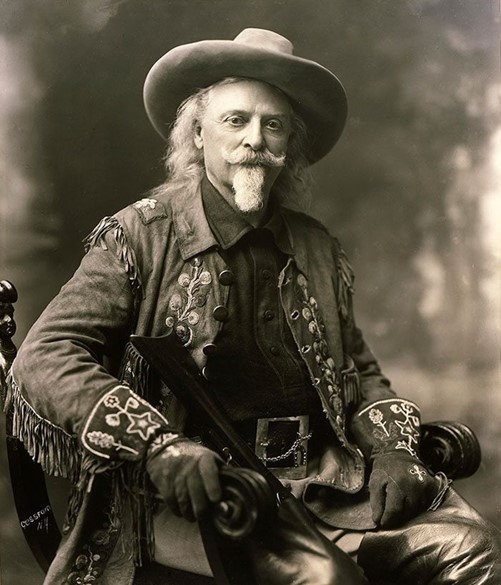
Figure 1 William F. Cody, commonly referred to as Buffalo Bill, 1909.
William F. Cody was born in 1846 in Iowa. At only 11 years old, Cody worked as a cattle herder and a driver on a wagon train. His other pursuits included fur trapping and gold mining, and he also served as an army scout. He provided bison meat for the Kansas Pacific Railroad, which is where he got the nickname Buffalo Bill. By the 1870s, Cody gained quite the reputation as a frontiersman, and dime novelist Ned Buntline encouraged him to get on the theatrical stage and tell his story. This was later adapted into his Wild West Show in which he employed Native Americans, cowboys, vaqueros, rough riders, and trick shooters including Annie Oakley to demonstrate the nature of the Wild West.
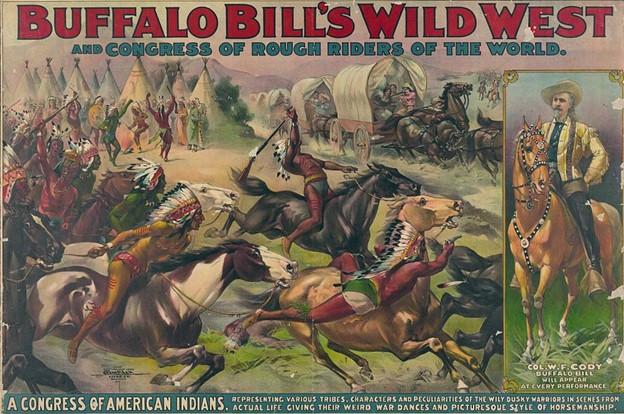
Figure 2 Poster of Buffalo Bill’s Wild West Show.
Buffalo Bill’s Wild West Show performed in various cities across the United States, and even toured internationally. The railroads played a key role in the show, transporting Cody, his entourage and even the animals featured. As the show gained popularity, and Buffalo Bill became renowned, he became an important figure and was invited to many high society events. He was comfortable dining on the prairie, in his private train car, and in upscale restaurants such as Delmonico’s.

Figure 4 Buffalo Bill’s Wild West program in New York, 1894
Delmonico’s was opened in New York City in 1827, originally as a café and pastry shop. It later evolved into multiple restaurants that were known for their fine dining experience. In fact, the original Delmonico’s was one of the first restaurants in New York City, as previously there were mostly taverns, but no good sit down options. With the founding of Delmonico’s, fine dining society was created.
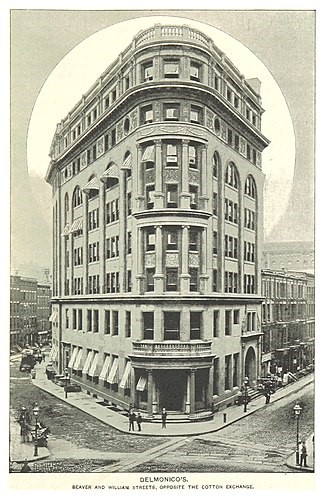
Figure 5 Delmonico’s restaurant depiction, 1893
Patrons of the restaurant included the Rockefellers; various presidents including Abraham Lincoln, Theodore Roosevelt, and Ulysses S. Grant; and writers such as Mark Twain. The restaurant was known for how expensive it was. Dishes included steak, lobster, and staples such as the famed Delmonico Potatoes. So what does Buffalo Bill have to do with Delmonico’s? When he visited New York City, he was wined and dined at many upscale venues, including the renowned Delmonico’s. Though we were unable to determine what exactly he ate while there, one of the recipes available at the time was quail on toast. The recipes today come from an 1889 cookbook by Delmonico’s chef, Alessandro Filippini, titled The Table.
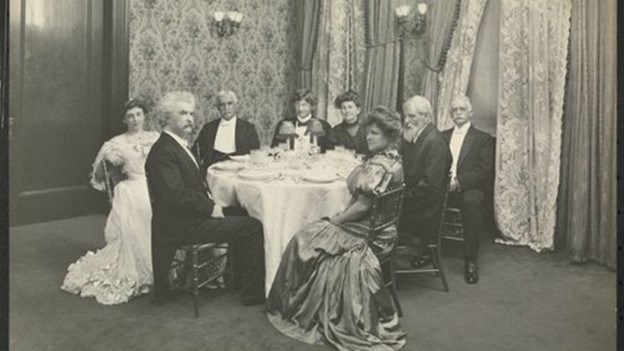
Figure 6 Samuel Clemens, also known as Mark Twain, dining at Delmonico’s in 1905.
Alessandro Filippini was brought on as a chef for Delmonico’s in 1849. By 1884 Filippini was manager and chef de cuisine (a head chef role encompassing managing kitchen staff and creating menus) at Delmonico’s second restaurant on Pine Street. In 1888, with the closure of the Pine Street Delmonico’s, Filippini turned his attention to writing cookbooks, including the one this month’s recipe comes from. The cookbook features not just recipes from the restaurant, but also, as the subtitle notes “how to buy food, how to cook it, and how to serve it.”
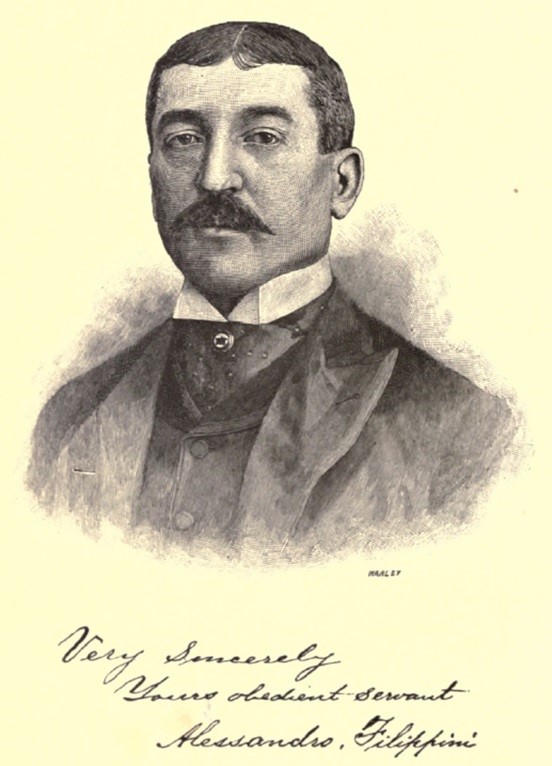
Figure 7 Alessandro Filippini, chef de cuisine at Delmonico’s and author of various cookbooks, as illustrated on the inside cover of his cookbook The Table.
Quail have been consumed since ancient times with the Egyptians raising them as a food source. They were consumed across continents and have been seen in recipes dating back to medieval times. In America specifically, they were hunted by the Natives and then later the settlers. In The Table, Filippini has a section on poultry and some of the laws regarding hunting them. Quail were in season from the beginning of November through the beginning of February, according to the book. Additionally, Filippini noted that though many of the animals were hunted in far off locations, “the facilities for forwarding quickly by rail and steamer” allowed “birds killed in southern Texas” to “be served perfectly fresh on New York tables a few days later.” So even though this month our column is titled Dining Off the Rails, the railroads still played a significant role in providing the food available at Delmonico’s and other establishments.
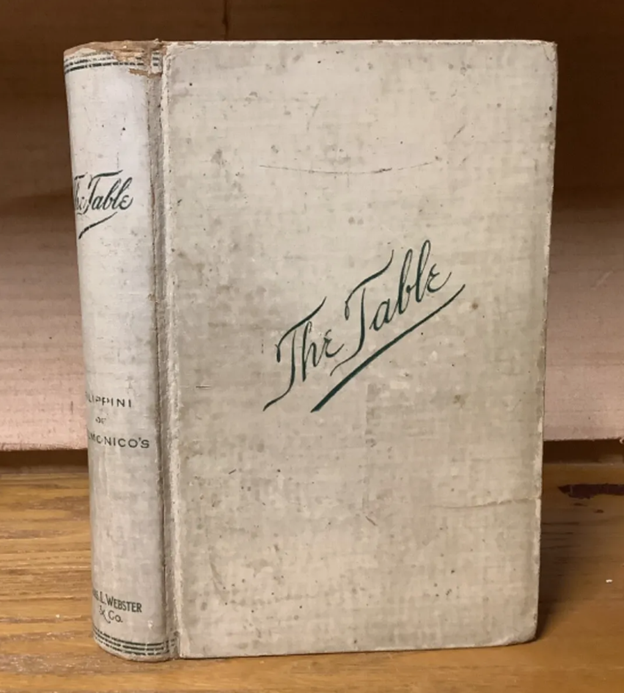
Figure 8 1890 copy of Alessandro Filippini’s Delmonico cookbook The Table, originally published in 1889.
We hope you enjoyed our brief history of Buffalo Bill, Delmonico’s, and the consumption of quail. If you try any of the recipes that follow, let us know in the comments below or on our social media accounts.
Quails Roasted, Plain.
—Pick six fine, tender, fat quails, singe, draw, and wipe them well; truss them, laying a thin layer of lard on the breasts. Put them in a roasting-pan, spreading a very little butter on top of each quail; then pour half a cupful of water in the pan. Season with a pinch of salt, and let cook in the oven for eighteen minutes. Place on a hot dish six heart-shaped pieces of toast; untruss the quails, and arrange them on top, decorating with a little watercress. Strain the gravy into a sauce-bowl, and serve it separately.
Quails Broiled With Bacon.
—Have six fine fat quails. Singe, draw, and wipe them well. Split them through the back without separating the parts, and break the two leg bones. Put them on a dish; season with a pinch of salt, half a pinch of pepper, and a tablespoonful of sweet oil, mixing them in well, and put them to broil on a moderate fire for six minutes on each side. Arrange six toasts on a hot dish, lay the quails on top, and pour a gill of maître d’hôtel butter over, decorating with six slices of broiled bacon, and serve.
Butter, maître d’hôtel.
—Put one ounce of good butter in a bowl with a teaspoonful of very finely chopped parsley, adding the juice of half a sound lemon. Mingle well with a very little nutmeg, and keep it in a cool place to use when needed.
How to Prepare English Breakfast Bacon.
—Procure a fine, fresh English breakfast bacon, and with a keen knife cut the under bones off; pare both edges neatly, also the end (the opposite side to the string which hangs it up). With the use of the same sharp knife, cut the necessary number of slices desired for immediate use, and no more. Thin slices are always preferable, so that the bacon, whether broiled or fried, will be crispy and tasty. When cutting off the slices be careful to avoid detaching them from the skin, also cut them crosswise, but never lengthwise. Arrange the slices on the broiler, and broil on a moderate fire for two minutes on each side; dress the crispy slices on a hot dish, and serve immediately.
Four minutes will suffice for frying. See that the bacon is kept hanging by the string in a dry, cool place, but never put it on the ice.
A pinch of salt represents 205 grains, or a tablespoonful.
Half a pinch of pepper represents 38 grains, or a teaspoonful.
A third of a pinch of nutmeg represents 13 grains, or half a teaspoonful.
Recipes adapted from The Table: How to Buy Food, How to Cook It, and How to Serve It by Alessandro Filippini, 1889.
Dining on the Rails: Oyster Pie and Olive Dennis
Dining on the Rails: Braised Rolled Calf’s Liver En Casserole and the Denver Zephyr
Dining on the Rails: Hashed Browned Potatoes and Potato Trains
Dining on the Rails: Champagne!
Railroad Hot Chocolate!
Pumpkin Pie!
Fred Harvey Coffee and Flank Steak
Roast Leg of Mutton
Mineral Water Lemonade
Roast Spring Lamb
Fruit Salad and Fruit Salad Dressing
Union Pacific Cole Slaw with Peppers
Bourbon Toddy
Cinnamon Toast and Children’s Menus
Harvey Girl Special Little Thin Orange Pancakes
Old Fashioned Navy Bean Soup
Apple Cider
Peach Cobbler
Barbeque
Mountain Trout
Eat like a Hobo!
Mother’s Day Shirred Eggs
How about a nice Old Fashioned?
French Toast, Anyone?
A Chocolatey Valentine’s Treat!
Western Pacific Pork Tenderloin
Cranberry Sauce
Oyster Stuffing!
Chicken Pot Pie
Chili
August 2021 – Pullman “Tom Collins” Cocktail
How about a salad?
Atchison, Topeka & Santa Fe Ham!
CRI&P’s New England Boiled Dinner
A Sweet Treat for your Valentine!
Black Eyed Peas!
Eggnog
Happy Thanksgiving!
Union Pacific Apple Pie
August 2020
July 2020
June 14, 2020
June 7, 2020
May 31, 2020
May 24, 2020
May 17, 2020
May 10, 2020
May 3, 2020
April 26, 2020
April 19, 2020
April 12, 2020





0 Comments